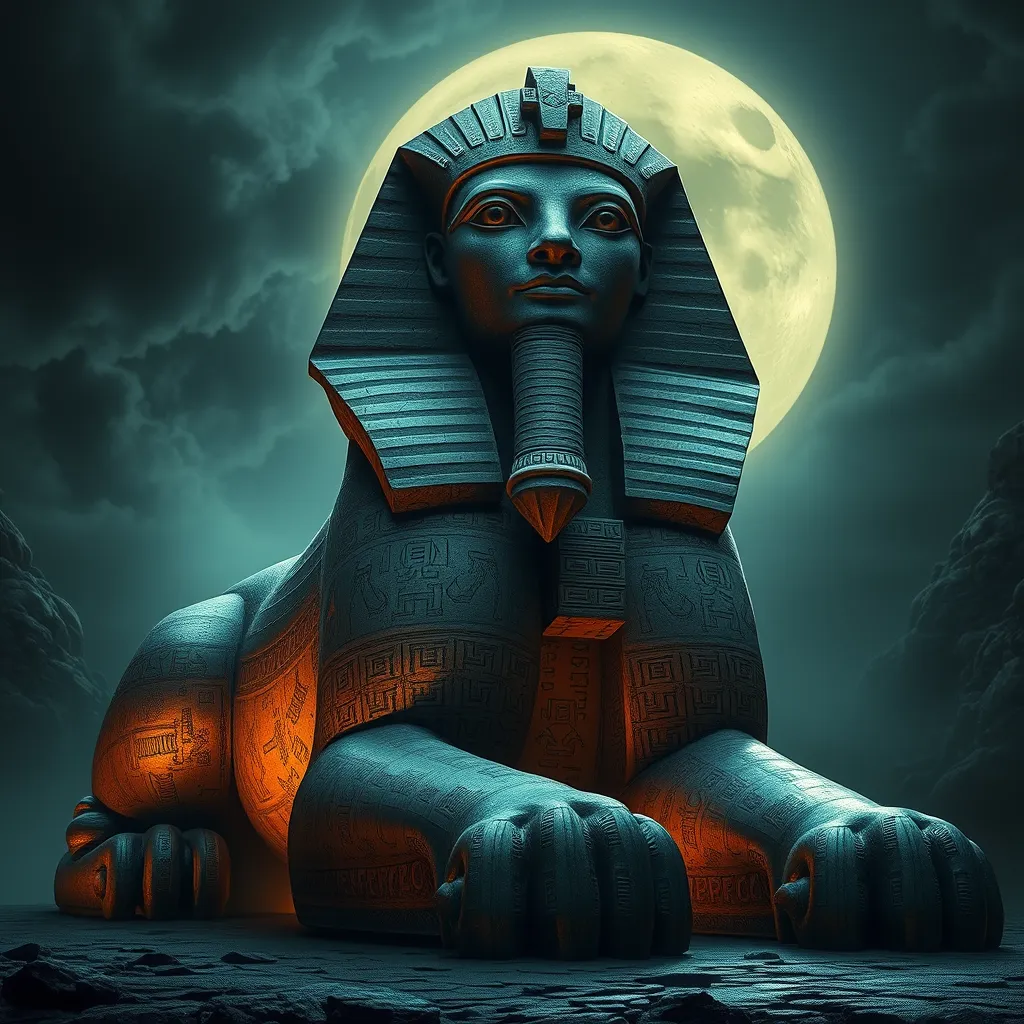Chasing the Wildman: The Yeti in Western Exploration and Adventure
I. Introduction
The legend of the Yeti, often referred to as the “Abominable Snowman,” captivates the imagination of adventurers and myth enthusiasts alike. This mysterious creature, said to inhabit the icy heights of the Himalayas, has become an icon of the unknown, representing the allure and danger of unexplored territories.
Throughout history, the Yeti has held a significant place in Western culture, particularly during the age of exploration. The creature embodies the spirit of adventure, challenging explorers to confront their fears and venture into the wild. This article aims to delve into the portrayal of the Yeti in the context of adventure and exploration, examining its roots, cultural impact, and the ongoing fascination it inspires.
II. Historical Roots of the Yeti Legend
The Yeti legend has deep roots in Himalayan folklore, where it is often described as a large, ape-like creature that roams the mountains. Local tales depict it as a guardian of the mountains, respected and feared by those who inhabit the region.
In the early 19th century, Western encounters began to shape the perception of the Yeti. Explorers and mountaineers who ventured into the Himalayas reported sightings and strange footprints, fueling the imagination of a creature that eluded discovery. The Yeti soon became a symbol of the unknown, representing the mysteries that lay beyond the reach of civilization.
III. The Yeti in 19th Century Exploration
The 19th century marked a significant period for Yeti lore, as numerous expeditions sought to unravel the mysteries of the Himalayas. Notable figures such as Sir Edmund Hillary and Tenzing Norgay contributed to the myth through their explorations of Mount Everest, where they encountered local stories of the Yeti.
- Hugh Mundell: An early explorer who reported Yeti footprints during his expeditions.
- Charles Howard-Bury: His 1921 expedition brought attention to the Yeti and included the first photographs of supposed Yeti tracks.
The British Raj significantly influenced the Yeti narrative, as British explorers sought to conquer the peaks of the Himalayas while grappling with the local myths. This intersection of cultures led to a blend of respect and skepticism regarding the legendary creature.
IV. The Yeti and the Rise of Adventure Literature
The fascination with the Yeti extended into adventure literature, where it became an archetype of the wild and untamed. Authors drew upon the allure of the Yeti to craft thrilling tales of exploration and discovery.
- The Abominable Snowman (1933): A classic tale that depicts the Yeti as both a fearsome monster and a misunderstood creature.
- Lost Horizon by James Hilton: While not solely focused on the Yeti, it introduced the mystical world of Shangri-La, intertwined with the legend.
These works not only entertained readers but also shaped public perception of the Yeti, embedding it into the fabric of Western storytelling.
V. The Role of Photography and Media in Shaping the Yeti Legend
The advent of photography played a pivotal role in popularizing the Yeti myth. Early photographs, including the famous 1951 images by Eric Shipton, claimed to show Yeti footprints, sparking public interest and debate.
Documentaries and films further cemented the Yeti’s place in popular culture, with productions such as:
- The Legend of the Yeti (1977): A documentary exploring the various sightings and folklore surrounding the creature.
- Harry and the Hendersons (1987): A comedic portrayal that humanizes the creature, contributing to a more playful perception.
In recent years, social media has transformed how Yeti sightings and narratives are shared, allowing enthusiasts to connect and share their experiences, thereby keeping the legend alive in contemporary culture.
VI. Scientific Investigations and Skepticism
Despite the enduring fascination with the Yeti, scientific investigations have largely dismissed the existence of such a creature. Numerous expeditions aimed at finding concrete evidence have yielded little to no results.
Cryptozoology, the study of creatures whose existence is not substantiated by mainstream science, has played a role in the search for the Yeti. However, most scientists remain skeptical, arguing:
- There is insufficient evidence to support the Yeti’s existence.
- Many supposed sightings can be attributed to misidentifications of known animals.
Despite this skepticism, the Yeti remains a topic of interest, with some researchers continuing to explore its possible origins in local folklore and cultural narratives.
VII. The Yeti in Contemporary Culture
Today, the Yeti has transcended its origins as a mere legend, becoming a symbol of adventure tourism. Many businesses capitalize on the myth, offering:
- Guided tours in search of the Yeti.
- Merchandise featuring Yeti-themed products.
- Branding opportunities that leverage the creature’s mystique.
This commercialization has led to a unique evolution of the Yeti in modern folklore, as it adapts to contemporary interests and cultural narratives.
VIII. Conclusion
The enduring fascination with the Yeti reflects humanity’s innate curiosity and the spirit of adventure. As explorers continue to chase the wildman, the Yeti serves as a reminder of the mysteries that still exist in our world.
Ultimately, the Yeti represents not only the allure of the unknown but also the intersection of myth and exploration. The quest for the Yeti continues to inspire adventurers and dreamers alike, highlighting our eternal desire to uncover the secrets hidden in the wild.




